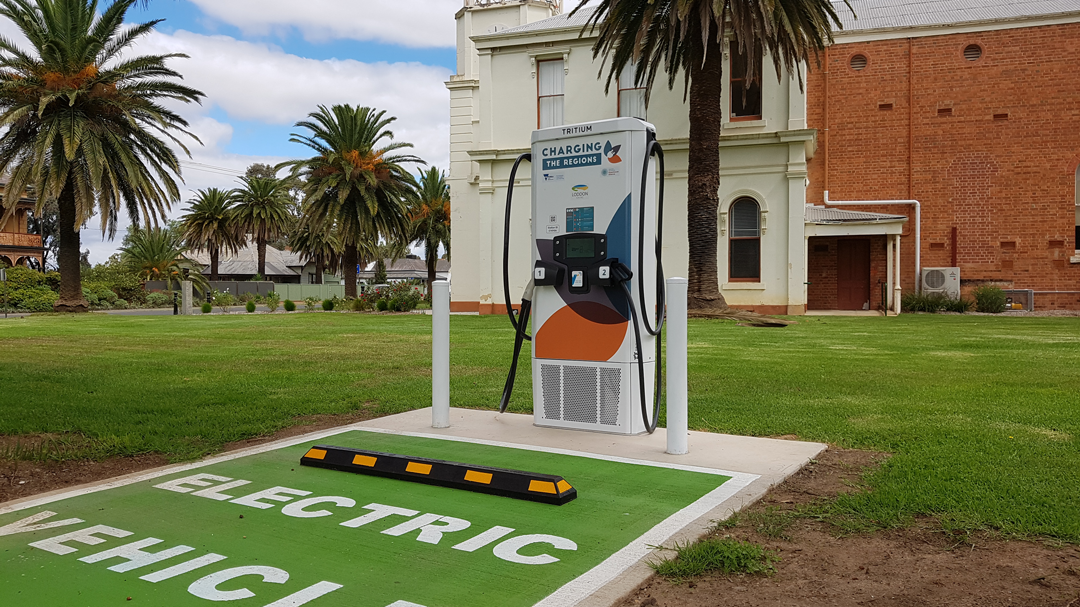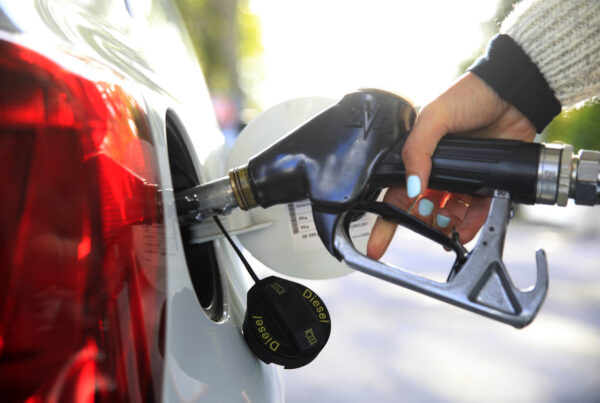Local governments are playing a key role in the uptake of electric vehicles (EVs) by providing much needed public charging infrastructure. One of the main barriers to EV uptake is the perception that there is no public charging infrastructure available. By installing EV chargers in a prominent location, it gives residents confidence that they can make the switch to electric mobility. Local councils are often in a unique position to offer EV charging because they already own sites that have available parking, power and nearby amenities. Also, many councils have commercial solar or Power Purchase Agreements in place meaning that they can power EV charging from renewable energy sources.
The “Charging the Regions” project is currently rolling out fast EV chargers to 20 sites across regional Victoria with the assistance of local councils. Partially funded from a state government grant, the project aims to provide EV drivers with coverage outside metro areas and provide regional residents with fast charging options.
Local government is also leading the charge in the electrification of fleet vehicles. Once a barrier to entry, the upfront cost of purchasing EVs is reducing, and will continue downward to the so-called “tipping point” where moving to electric will soon become a purely financial imperative. EVs also have significantly reduced running costs, due to having less moving parts and reduced “fuel” costs (electricity is roughly 60% cheaper than petrol). This is without even considering any of the environmental benefits or compliance with sustainability policies.
A trial of one or two EVs in a local government fleet is the usual first approach, and the feedback in generally unanimous. Staff prefer driving EVs due to the smooth acceleration, quiet ride and the benefit of never having to visit a petrol station again. Charging is easy (as long as the correct charging infrastructure is installed) and is as simple as plugging in your mobile phone each night.
Data is the final piece of the EV charging puzzle, and this is where having the right software in place is key. Software allows EV chargers to be networked (either via the 4G mobile network or local Ethernet) and connected to a backend system (usually cloud-based). Software-driven solutions provides benefits such as:
- Access control (unrestricted, via App, via RFID card)
- Charger usage statistics (times, days, session duration)
- Electricity usage rates/costs (cents per kWh)
- Carbon offset reporting (CO2-equivalent)
- Real-time status (online/offline/in-use/faulted)
- Load-balancing electrical supply across a group of chargers (to avoid power supply upgrades)
- Smart-charging (linked to solar or other event-driven systems)
Finally, it is highly recommended that any hardware or software is fully compliant with the Open Charge Point Protocol (OCPP) to allow flexibility and to avoid lock-in with proprietary systems.
James Downes is the CEO of EON Charge. For more information about EON Charge, head to their website or email them direct at [email protected]





















